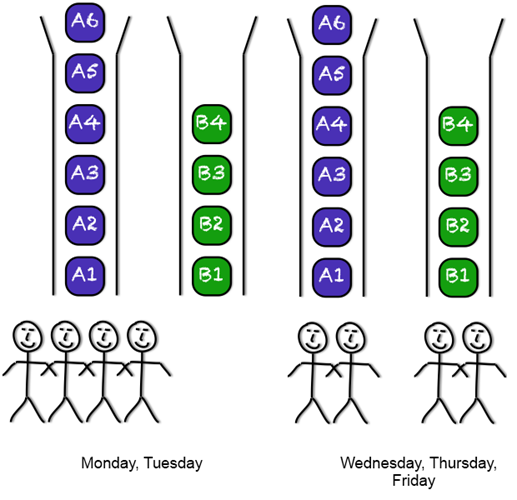Are you a software craftsman? Do you value growing your skills as you simultaneously learn from and teach the other members of your team? Want to help us build the world’s best cross-platform mobile solutions for field service workers?
The folks that fix your A/C when it’s 100 degrees and keep your toilet from backing up into your living room deserve the best software technology can provide, and we need your help. We are looking for a key addition to our Agile/Scrum/XP team that is building a highly scalable, event-driven, mobile-enabled platform. This person will be test-driven and team-focused. He or she will be a mentor to team members new to TDD and some of the other XP practices.
Must haves:
- At least two years of test-driven development experience with the .NET platform (C#) on a collaborative team (Scrum, CI, TDD/BDD, Paired-Programming, Collective Code Ownership, Refactoring, Iterative & Incremental Development)
- Strong foundation in Object-Oriented Design and Programming (Design Patterns, SOLID principles, etc.)
- Strong desire to learn and teach others
Highly valued:
- Domain-Driven Design experience
SOA and/or SaaS experience (especially with NServiceBus or any ESB) - Entity Framework Code-first or other ORM experience (especially with RavenDB, MongoDB, or other document databases)
- Significant JavaScript experience (especially with Sencha Touch, CoffeeScript, or any JavaScript TDD/BDD framework)
- Mobility experience (iOS, Android, or Web)
Voted as one of the Top 30 Places to Work in NJ, Marathon develops supports and sells SaaS software and marketing solutions to the SMBs in pest control, landscaping, HVAC and other service verticals. Comprehensive benefits package including vacation, insurance, and company sponsored profit sharing plan. Contact me at efarr@marathondata.com or @efarr.





